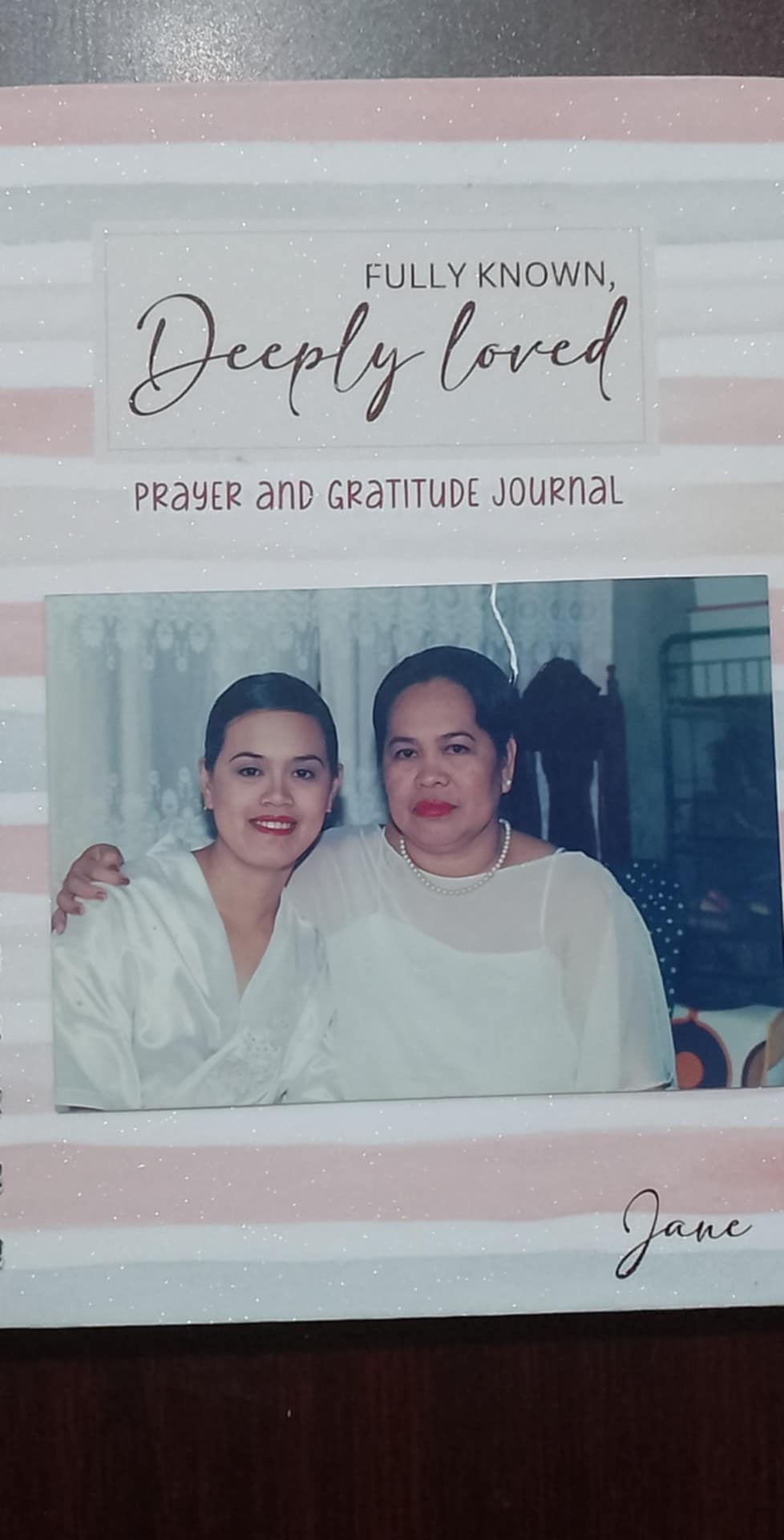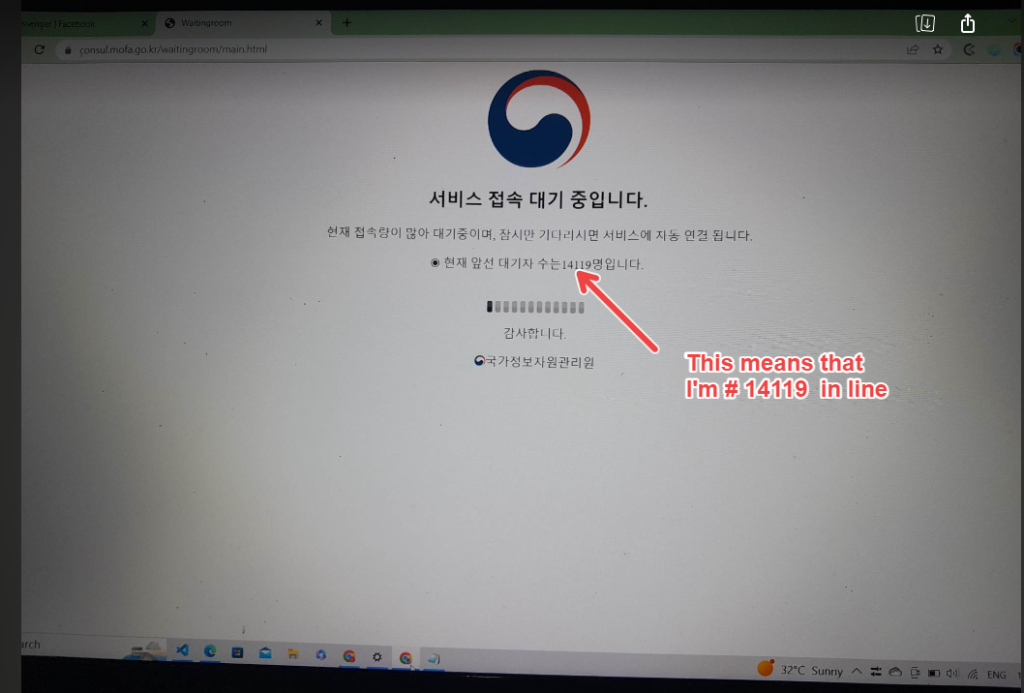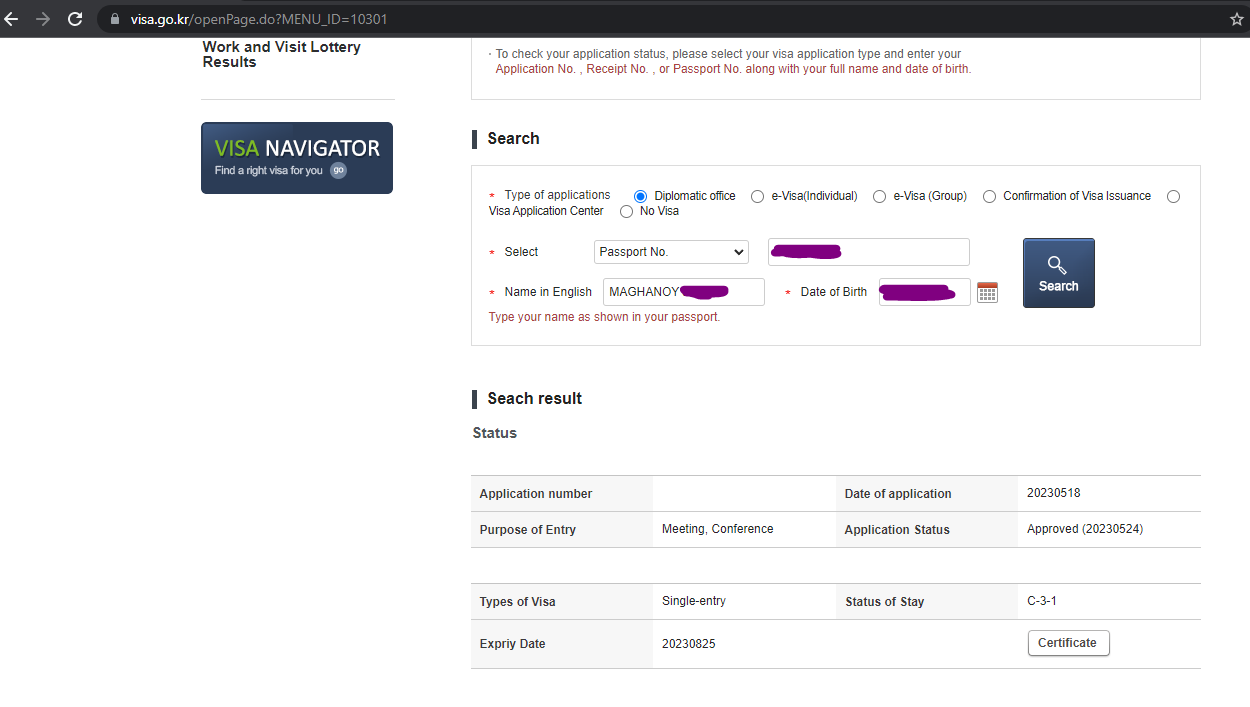
ICT for ECEs: Building Digital Careers Beyond the Circuit Board
I didn’t leave engineering—I redefined it. From telco fraud analyst to work-from-home mom to digital transformation consultant and trainer, here’s how ICT for ECEs helped me create a life that works on my terms—and how it can do the same for you.
Coming from the countryside in Lanao del Norte, I worked hard—finishing college, passing the board exam, and moving to Manila to climb the corporate ladder. I eventually landed roles at top Philippine companies like Globe Telecom and Sun Cellular. There, I was part of the Fraud and Risk Management team, helping detect and prevent telecom fraud that could lead to significant revenue loss.
Back then, I thought I was set for life—finally applying what I studied and contributing to something meaningful.
But becoming a mom changed everything. Suddenly, the career I worked so hard for no longer aligned with the life I wanted.
I didn’t just need a paycheck—I needed time, flexibility, and purpose.
ICT for ECEs: When Motherhood Meets Digital Transformation
Motherhood was a beautiful disruption. It cracked me open in ways I never expected—and made me rethink everything, especially my career.
I realized I wanted more than just professional success—I wanted time, freedom, and presence for my family.
That’s when I discovered ICT wasn’t just for engineers in labs or big corporations. It was a bridge—to flexibility, purpose, and empowerment.
I saw how digital transformation could shift everything—not just for companies, but for women like me.
So I made it my mission to help Filipino women and women-led MSMEs harness technology not just as users, but as leaders, freelancers, and digital entrepreneurs.
Through training and tech-powered solutions, I now help others:
✅ Turn 9-to-5 jobs into flexible digital careers
✅ Build digital-first businesses from scratch
✅ Use ICT tools to grow smarter, reach wider, and lead confidently
Because the power of tech isn’t just in what it does—it’s in what we do with it.
How ICT for ECEs Work
Think engineering is all wires and waveforms? Think again.
If you’re an ECE, you’ve already mastered the tough stuff—signal processing, comms systems, embedded tech. That’s your core.
But here’s the exciting part: ICT takes all that brainpower and turns it into real-world impact.
Imagine using your knowledge to build:
✅ Smart cities that respond in real time
✅ IoT systems that connect homes, farms, and factories
✅ 5G-powered tools that drive the future of communication
✅ AI platforms that learn and adapt
✅ Cloud systems that scale ideas globally
This is where engineering meets innovation.
And to get there, we need to evolve.
The ECE curriculum can’t stop at theory anymore. It needs hands-on tools, real-life projects, and exposure to how the industry actually works.
Because the world is changing fast—and ECEs deserve to be at the front of that change, not left catching up.
Shaping Digital Leaders: ICT Governance as a Core Competency
Tech without direction is just noise.
In today’s digital world, it’s no longer enough for engineers to know how to use technology—we need to shape how it’s managed, protected, and governed.
That’s where ICT governance comes in.
From classrooms to boardrooms to barangay halls, digital tools are everywhere. But without strong governance, they risk becoming more chaotic than transformative.
As future-ready engineers and digital advocates, ECEs have a bigger role to play than ever before—not just in building systems, but in making sure they’re safe, ethical, and built to last.
Imagine being part of the team that:
✅ Protects data and strengthens cybersecurity across sectors
✅ Designs policies for remote and hybrid work that actually work
✅ Standardizes ICT training so no student—or educator—is left behind
✅ Builds digital strategies that empower MSMEs, schools, and LGUs
This is leadership. This is impact.
ICT governance isn’t just a technical skill—it’s a core competency for engineers who want to shape the future, not just survive it.
Gaps in ICT Readiness
Let’s not sugarcoat it—our digital future is hitting speed bumps.
While industries evolve at lightning speed, many of our schools and institutions are still catching up. The disconnect is real:
🚫 Not enough hands-on ICT training
🚫 Resistance to embracing digital change
🚫 Too much theory, not enough real-world skill
🚫 Inconsistent ICT policies across education systems
🚫 Limited funding for crucial tech upgrades
These aren’t just minor issues—they’re barriers holding back the next wave of engineers, innovators, and digital leaders.
But here’s the good news: these challenges aren’t permanent.
With stronger collaboration between educators, engineers, and changemakers, we can redesign the system to meet today’s demands—and prepare the next generation for the world that’s already here.
Because digital readiness isn’t just a “nice to have.”
It’s a national priority. And it starts with us.
ICT: A Bridge Between Engineering, Empowerment, and Impact
I didn’t abandon engineering—I expanded its meaning.
ICT opened a new world for me. A world where my skills didn’t just fix systems—they empowered people.
From Telecom Fraud & Risk Specialist to Digital Transformation Consultant and Trainer, I found a path where I could help Filipino women, youth, and MSMEs harness technology—not just as users, but as creators, freelancers, and digital entrepreneurs.
That’s the true power of ICT:
✅ It creates options
✅ It builds independence
✅ It transforms lives
And this shift isn’t just about personal growth—it’s about national progress.
When more Filipinos—especially engineers—embrace ICT with purpose, we don’t just fill jobs.
👉 We build digital careers
👉 We power inclusive innovation
👉 We shape a stronger, smarter Philippines
Engineering + ICT isn’t just a tech combo.
It’s a movement.
And we need more leaders who see the connection—between skills and service, between tech and transformation.
The Role of ICT in Engineering and Nation-Building
Technology alone won’t get us there. We need smart, people-first policies that make sure our digital future works for everyone.
That’s where ICT policy and governance come in. They don’t just speed things up—they make sure everything’s secure, accessible, and aligned with the country’s biggest goals.
You’ve probably heard about big moves like the DICT Roadmap, the Philippine Digital Transformation Strategy, and the eGov PH Super App. These aren’t just buzzwords—they’re actually changing how government services work, helping more Filipinos get online, and laying the groundwork for cool tech like 5G, AI, IoT, and smart cities.
But here’s the thing: none of this happens without engineers.
As ECEs, we’re right there on the frontlines, doing things like:
- Coming up with new research and ideas that push the limits
- Running real-world lab experiments, not just theories
- Creating satellite and wireless solutions that connect people everywhere
- Building policies that keep schools and organizations safe
- Leading smart, risk-aware governance in both public and private sectors
When it comes to nation-building, we’re not just building tech — we’re shaping a future that’s for everyone.
And that future? It starts with us.
Let’s Build the Future Together: Empowering ECEs through ICT
What if the next big digital breakthrough comes from you—an ECE ready to lead change?
ICT didn’t just help me build a career that fits my life as a mom—it opened doors to a whole new way to make an impact.
Now, imagine what it can do for millions of Filipinos like you—engineers with the power to shape our digital future.
It’s time to:
- Update our tools,
- Shift our mindset,
- Equip educators to prepare the next generation,
- And show every Electronics Engineers how their skills can change lives—not just systems.
Because the real power of ICT?
It’s not the tech itself. It’s what we do with it — for people, for communities, and for the future we’re building together.
Are you ready to be part of that future?






































